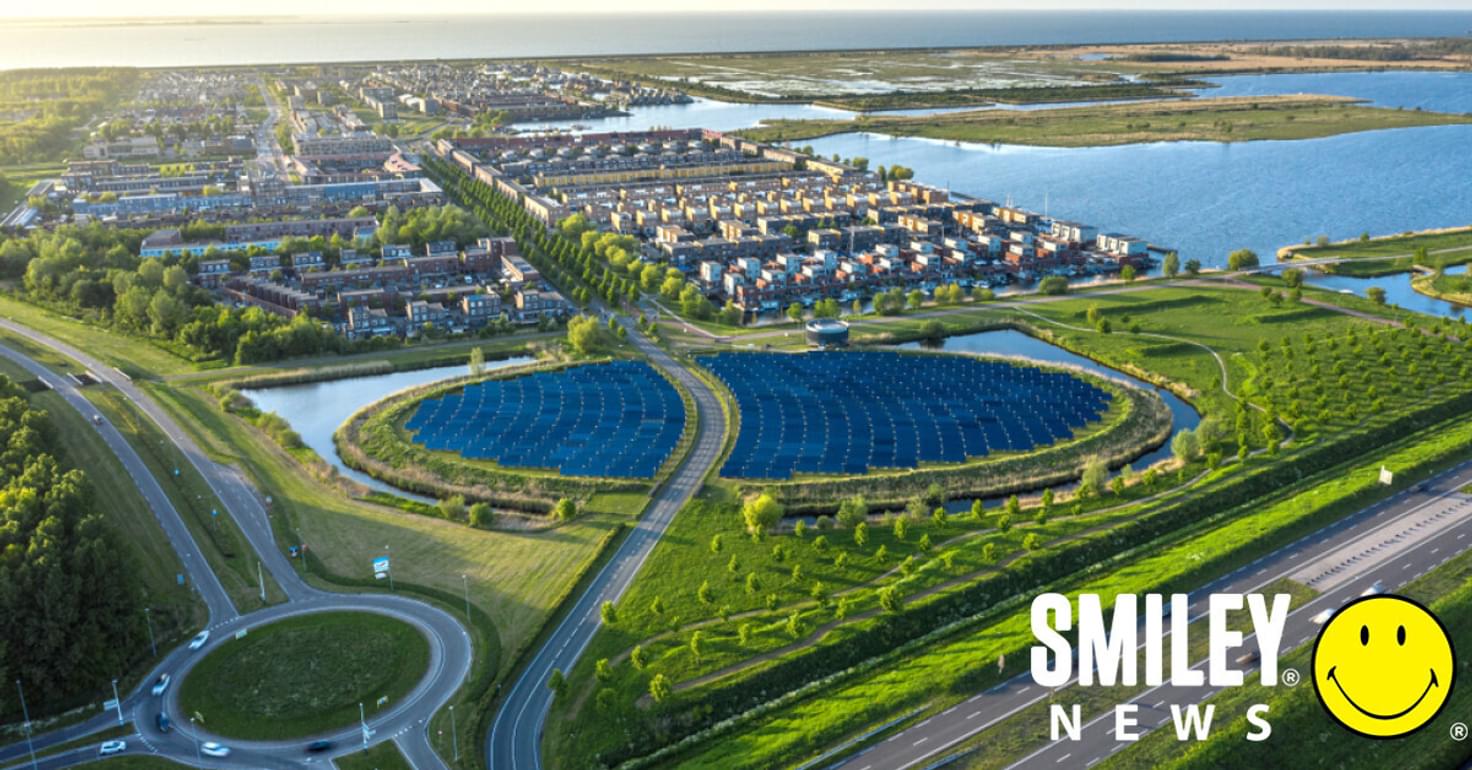
Words by Smiley Team
While delegates at COP26 discuss how to tackle climate change on a global level, everyday people are driving positive change closer to home. Community energy is a way small groups are strengthening local climate resilience. Journalist, author and off-grid energy specialist Nick Rosen tells Smiley News how this works.
“The most important way we can act locally is through the way we source energy. Because energy consumption and production makes up 73% of all greenhouse gas emissions. So the single most useful thing that we can do is create community energy production and consumption systems,” he explains.
Communities around the world have demonstrated the potential of community-owned energy. Projects in Germany, Spain and the UK, for example, show that local ownership ensures energy systems are most favourable to the needs of people and the planet.
[Discover other great initiatives making affordable and clean energy available to all]
On this basis, Nick wants everyone to consider the benefits of putting power in the hands of the people – literally. He’s calling on UK citizens to sign a petition for funding for resident-owned renewable energy grids across the country.
“Locally-owned, locally-managed energy production and consumption is very achievable,” he adds. “It comes at a relatively low cost, compared to the trillions of pounds that are being bandied about for national energy projects. You’re still talking seven figures, but that kind of money should be available.”
From touring the UK, visiting eco-communities for his book, ‘How to live off-grid’, he is has witnessed first-hand what energy independence can be achieved.
From the many projects he visited, he was most impressed by two off-grid villages, Scoraig in Scotland and Machynlleth in Wales.
“In Scoraig they’ve created a community where each of the households is self-sufficient for energy,” he says. “So they don’t have the problems of having to hold frequent meetings to decide who is responsible for running the energy system.
“But while they’re all self-sufficient, they can also share the energy when one household’s supply runs out. Meanwhile, Macynleth has various centralised energy supplies and is successful in the sense that they’re growing.”
After seeing these communities thrive thanks to their independence from the national energy grid, he hopes to spread their learnings to other areas of the country.
To help him achieve this goal, sign the petition calling for local renewable energy micro-grids.